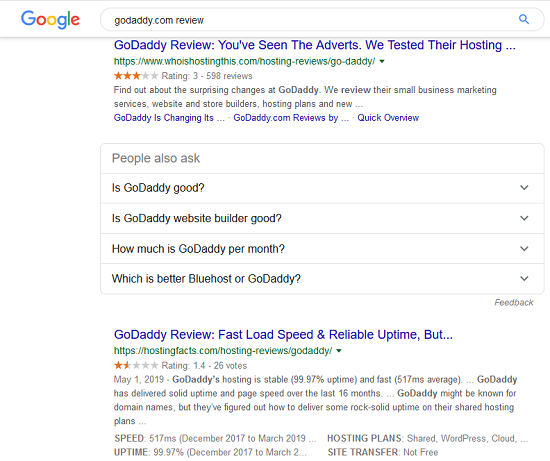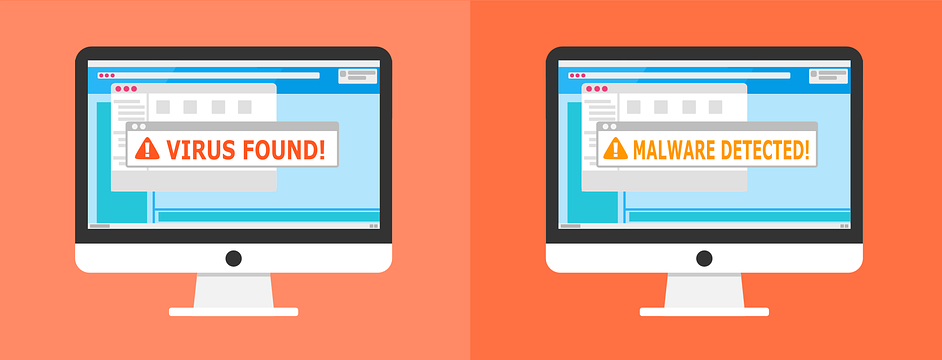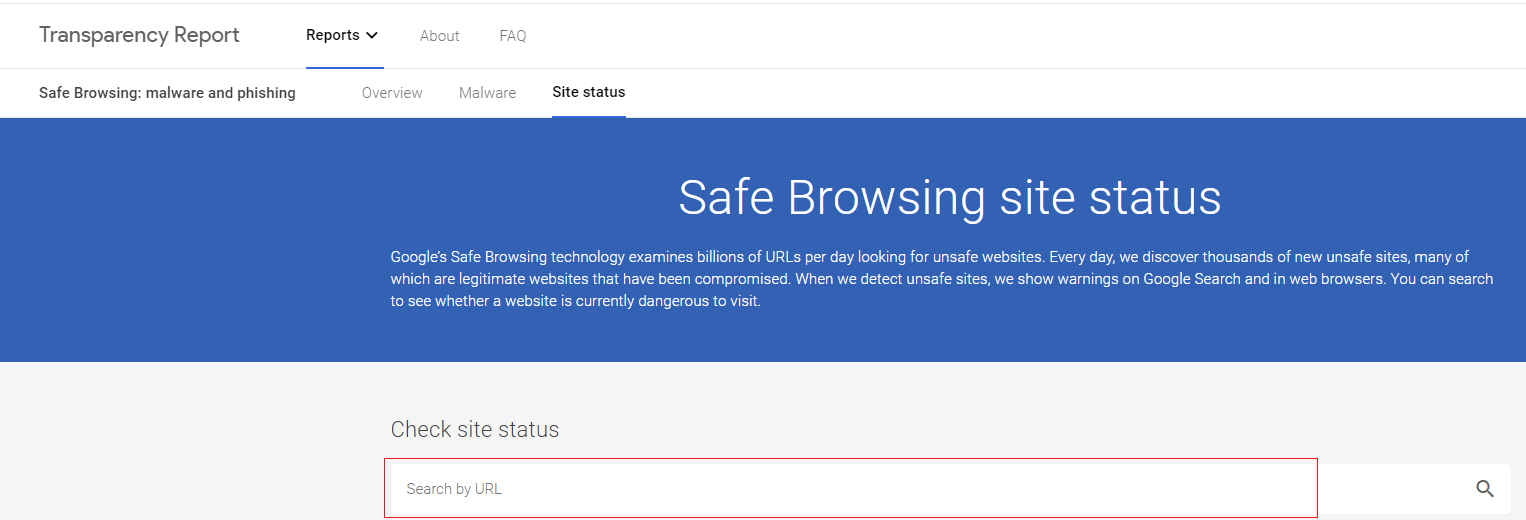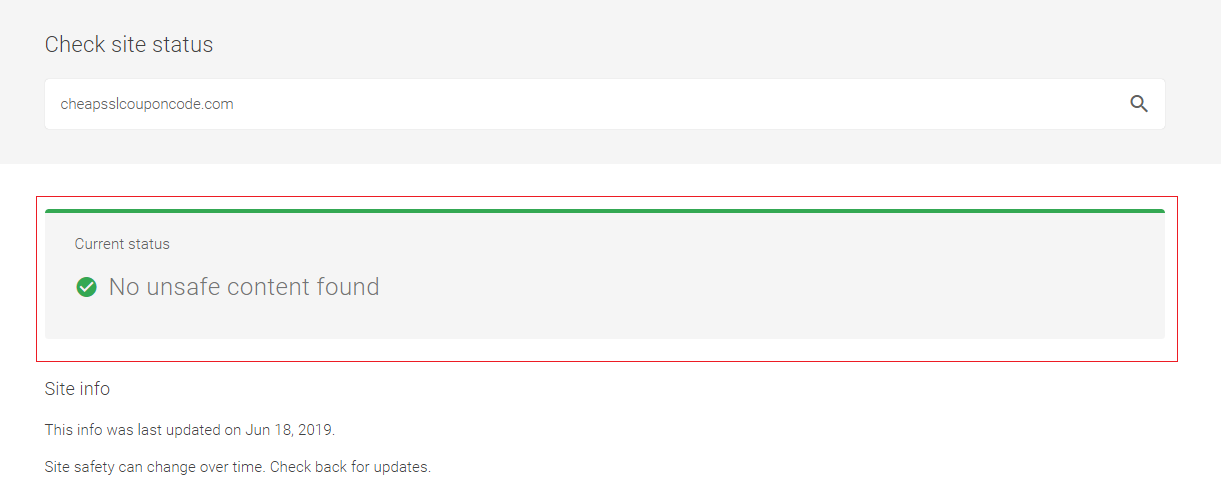Is The Website Legitimate And Safe To Buy From? - How To Check?
Are you skeptical about visiting an unknown website?
With the internet being inundated with so many scams and fraudulent attempts to hack into someone else’s server, it’s natural to have some reservations. As easy it is to pay bills online, make purchases, and conduct successful businesses, it is equally easy for someone to prey on your system and cripple it completely.
Surprisingly, most of the cybercriminals are so skilled that it becomes difficult for common folks to tell apart a fake, fraudulent website from a legitimate one. And once you fall prey to their schemes, you might end up losing confidential details, including your credit card numbers. But you don’t have to an unsuspecting victim anymore. You just need to get a solid grasp of some ways that will help you discern whether the Website is legitimate and safe to buy from:

1. Look for The HTTPS & SSL Certificate
One of the first steps in checking whether the site is a scam or not is by looking for the SSL security certificate and HTTPS connection.
Every legit website is likely to feature a padlock on the left-hand side of its URL.
Like this:

If you intend to enter any information or confidential details on a website, then make sure that the website is secured by an SSL Certificate.
If the website doesn’t have SSL certificate, then it is better to not proceed further. Without an SSL certificate, the information that you enter is likely to be exposed and easily accessible by online hackers with malicious intent.
Each website with an SSL certificate has URLs that begin with “https” instead of just regular “HTTP”.
Here’s how it looks:

This is a solid way to ensure that the connection between the browser and the server is encrypted and hence secure. There is another EV SSL certificate that shows company name in address bar, which shows visitors that the site is verified with highest level of validation. You can check below screenshot.

2. Thoroughly Check Website Reviews
Word of mouth is a powerful thing. It especially comes in handy when you want to make sure whether a website is legitimate or not. And it is not much of a hassle. You just need to perform a quick Google search, and you are most likely to see a deluge of reviews on the internet. Just type in the website’s name along with the word “review(s),” and you will see plenty of results.

Go through the links and see what other people on the internet are saying about the website. Don’t forget to particularly look out for reviews and information related to how secure the website is. You should first check whether it is legit site or not as this approach deems useless in case of website phishing where the cybercriminals deliberately misspell the name of the website, among other things.
Which takes us to the next point…
3. Beware of Phishing Setups
Contrary to popular belief, it is not as easy to detect phishing attempts as it seems.
For instance, Google.com could be written as Gooogle.com
Some people might scroll past this without even noticing the extra “o” in the URL. And this is still evident. In some cases, it is nearly impossible to identify phishing attempts like this even after scrutinizing the name. Phishing setups are intended to take away your login credentials and sometimes financial information also.
Here are some common phishing attempts that you need to look out for:
-
Check whether the domain name is misspelled
An extra “o” in Google.com can be discernible easily if one pays attention to the domain name before opening the website. However, in most cases, phishing attempts are not as evident. Cybercriminals often use special characters that go undetected by many people.
Take this example below:

The domain mentioned in the message above looks like a regular Nike URL at first glance. However, if you peruse it carefully, you will notice that the “e” at the end is written as a Latin character. Make sure to double check to detect such phishing attempts before visiting the website or giving out your personal details.
-
Website content is inundated with grammatical errors
If you visit a website and immediately smell something fishy because of the shoddy content and too many grammatical errors, then it is a good idea to look around a bit before giving out any information. The chances of such a website being illegitimate are high. Phishers might be not well trained in case of grammar correction and frequent use bad grammar or wrong spelling that you need to identify in received email or website content. If you find such content, it is better to stay away from such phishing tricks.
-
Intruding advertisements
Ever visited a website where half the content was hidden by too many invasive advertisements? It’s better to avoid such websites as they might be using unethical practices to either track your movements or for monetizing purposes. Such banner ad websites or pop up ads are mere to trick users to fall into a scam, it can be either virus alert, huge discount, tech support scam, etc. Please avoid such ads and do not click on such traps.

4. Check Out The “Contact Us” & “About” Page
If a website has given substantial information in their “contact” as well as “about” page, then it is enough to alleviate some doubts regarding the site. Safe websites often entail important contact information, including a phone number, email address, or even a physical address. On top of that, you can tell that a website is secure if they have linked their social media accounts as well.
Other pages that indicate the validity of a website are return policy, privacy policy, disclaimer, and so forth. However, phishing sites do lack such information or not factual information, you may see only email address or contact us page without other pages like “About Us”, HO address, 24/7 customer service number, etc.
5. Use Google’s Transparency Report
The above points are great for a manual check. However, these measures are not nearly enough to evade a cyber-attack. To make a thorough check, you can take assistance from the Google Transparency Report webpage.

Just enter the website URL in the search box (as shown in the picture above), click on the blue magnifying glass button, and you will see quick results.

As you can see, the entered URL is perfectly safe and secure. It is an ideal way to check whether the site is safe or not. So, if you have any doubt about website authenticity then it is best idea to Google it.
6. Check Certificate Details
When the website bears SSL certificate, there is a way to check for further check of phishing site.
If you are using Firefox, you can check certificate details as follows:
- Click on the Padlock icon
- Click on “More Information”
- Click on “View Certificate”
If you are on Chrome, you should follow below checks:
- Click the Three Dots icon to bring up the menu
- Under “More Tools” select “Developer Tools.”
- Click on the “Security tab”
- Click “View Certificate.”
-OR-
- Click the Padlock icon
- Click “View Certificate”
Wrap Up
The internet is a place of great possibilities. However, no matter how great it is, some people with malicious intent are enough to make you take every single step with caution.
Just follow through the steps, and you should be able to enjoy a safe and secure experience on the internet.


